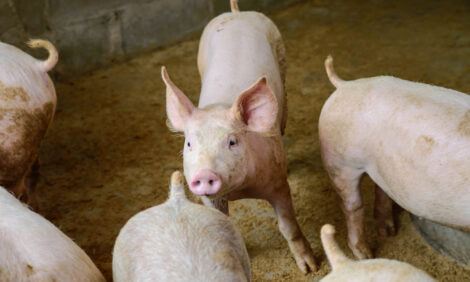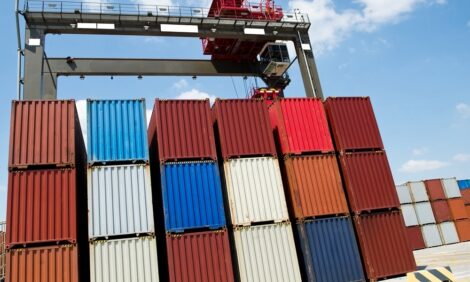



Combination of Factors Prompts Higher Movement of Weanling and Feeder Pigs South
CANADA - The Saskatchewan Pork Development Board reports reduced Canadian slaughter capacity and pending U.S. Mandatory Country of Origin Labelling are prompting western Canadian pork producers to consider finishing their pigs south of the border, writes Bruce Cochrane.A combination of factors is tempting increased numbers of Canadian pork producers to consider shipping their pigs to the U.S. as weanlings or as feeder pigs rather than finished hogs.
Sask Pork policy analyst Mark Ferguson says, in the last few years, there has been a lot of feeder pigs going south.
Mark Ferguson-Saskatchewan Pork Development Board
The main reason for it is there's just a lack of Canadian markets for finished hogs.
There's not enough hook space for all the hogs we produce and therefore we've got to ship some out as weanlings to be slaughtered in the U.S.
Another factor is transportation costs and, because there's not enough local slaughter capacity, a lot of producers are avoiding the high transportation costs by shipping the pigs south as weanlings and therefore they don't have to incur a ten or 20 dollar bill to ship the hogs to a plant.
Another factor is the high Canadian dollar and every time that dollar goes up the price that Canadian producers receive for their hogs decreases due to the pricing formulas that are in place.
The final factor that's influencing the weanling shipments to the United States is the Country of Origin Labelling.
Market hogs, once Country of Origin Labelling is implemented in September of 2008, might not be able to be shipped down there so lots of producers are building relationships in the U.S. and preparing for being able to ship the hogs down there as weanlings because it's viewed as probably a safer market.
Ferguson notes increased local slaughter capacity is one potential solution that's currently being pursued as a means of decreasing western Canadian reliance on U.S. slaughter capacity and reducing the extra transportation costs associated with shipping slaughter hogs south.








